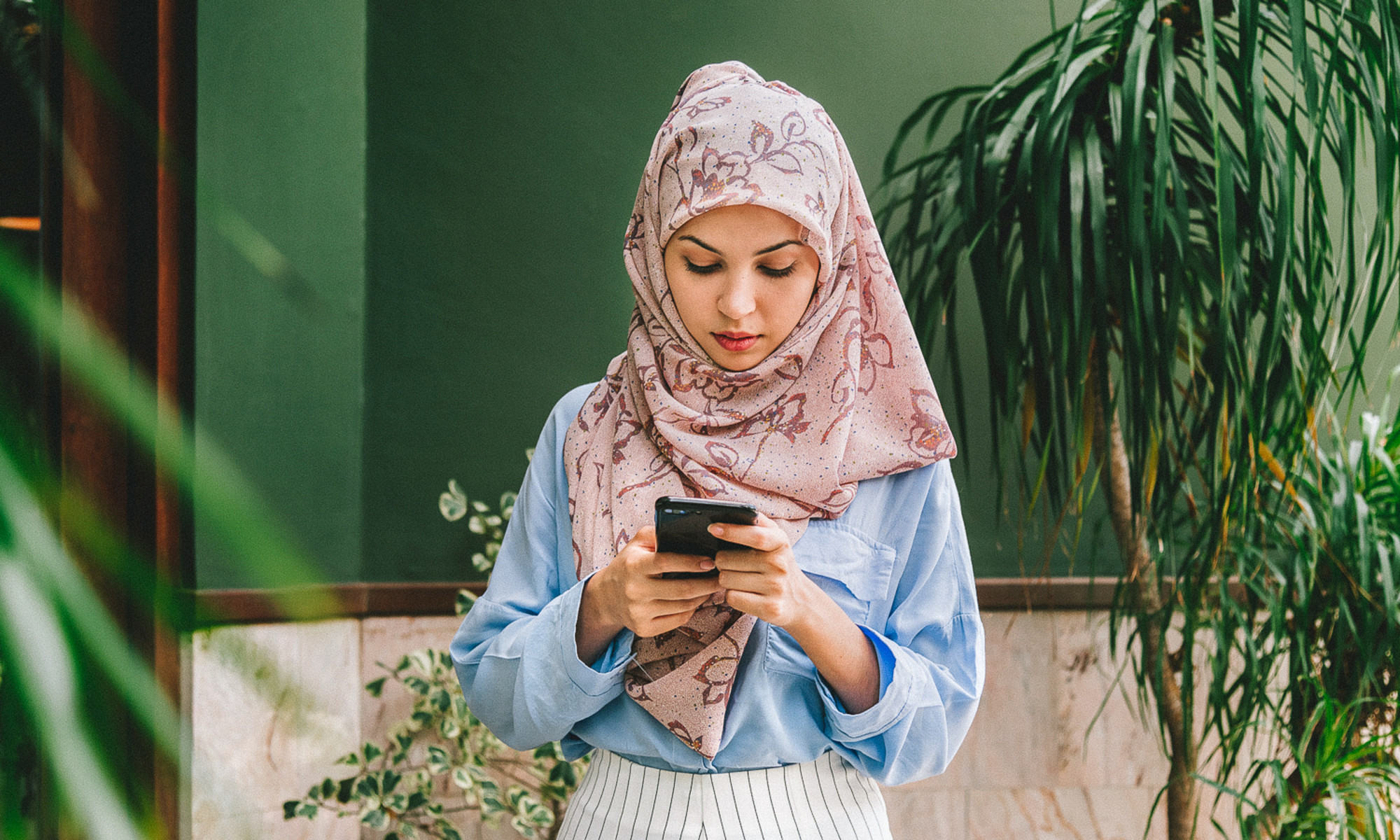Generative AI—how to create diverse, inclusive and legal content
Generic language input often leads to output that doesn’t accurately depict modern society.

Generative AI has led to many moments that amplify the best parts part of culture, connecting us through shared joy—like the Pope in Balenciaga and our own super-charged selfies. It also has the potential to reflect the less positive parts of the human experience, especially when it comes to diversity and inclusion.
Generative AI generates new content from existing data, but that equation is built on a system that can be limited or flawed by the data that human intelligence feeds into it.
The implications and potential for Generative AI are vast. The technology can create impactful new ideas, stories, images, music and text at mind-boggling speed. But the output is only as good as the human input, and we have already seen how AI can reflect back the cultural biases, prejudices and ill-conceived ideas that are endemic to our human nature.Here are guidelines that offer specific instructions for using AI tools and providing the most responsible, inclusive and thoughtful inputs into the system of human and machine productivity.
Use inclusive language in prompts
If you are using visual AI tools such as Dall-E or Midjourney, make sure your prompts are diverse, inclusive and specific. Generic or default language often leads to output that doesn’t accurately depict modern society.
For example, don’t ask for “a picture of an audience,” or even a “diverse audience,” but get really granular. Ask for “a picture of a diverse audience with varying ethnicities, varying genders, varying ages” and you will have guided AI to not just provide an image, but an inclusive one reflective of society.
Adding more words, details and nuances will only make the output more powerful and accurate. See how simply adding more variables such as ethnicities, genders and ages (separated by commas) can improve a generated image.
Ask for diverse sets of examples
If you are using ChatGPT for a perspective on a specific experience, try for a spectrum of diverse examples and remember to always apply a human lens to your inputs.
To the prompt, “Describe the pain points someone goes through while attending a doctor’s appointment,” add “How might those pain points differ depending on the individual’s age, gender or health status?”
Ask specifically what an elderly or uninsured person goes through at a doctor’s appointment, or those from different cultural backgrounds. You won’t just get a more inclusive answer, but a more impactful and actionable one.
A good practice is to build a repository of diverse human keywords to use when prompt building, denoting age, race, gender, location, mental or physical conditions, socioeconomic class and education. Much like generative AI, you may find yourself building on that and getting smarter as you go.
Create ethical prompts
By creating ethical prompts, we can make sure that generative AI produces content that is responsible and serves the greater good. Remember—the output is only as strong as the input. When generating copy for campaigns or idea concepts, encourage the model to respond with kindness, empathy and inclusiveness in order to represent diverse perspectives and experiences in a respectful way.
Then, use your human lens as a filter for what to keep, what to leave behind and what to change manually.
Ask for factual responses
To make sure that you'll get an accurate (at least as accurate as possible) response from AI, it's important to add relevant context and keywords when asking a question. For example, “Provide an example of …” might give you a fictional example for illustrative purposes (without alerting you that it isn’t real). Try instead, “Provide a real example of …”
Additionally, it's crucial to request a source for any results provided by the AI. Keep in mind that whatever the result, even with a source provided, you must be sure to check the link, facts, and images. Literally say, “Provide a source” so you can evaluate the efficacy of the responses.
Minimize copyright issues and protect confidential information
Don’t use references to individual artists authors, companies, brands, sports teams, song lyrics, celebrities or real persons that could influence the final output. For example, you should avoid prompts such as “in the style of Andy Warhol” and instead describe the style to achieve similar results, such as “in pop art style.”
Additionally, it’s important to understand that whatever is collected and generated using these Generative AI tools is then fed back into the system as additional data/parameters. This means you should never upload or share confidential or client-sensitive material to these platforms, as they may then be made public.
Generative AI has immense potential but is still in its infancy. It needs human wisdom that comes from having both succeeded and failed to bring out its best. Generative AI will be inclusive and therefore at its most potent when our inputs do the same.

 Tfoso
Tfoso 































